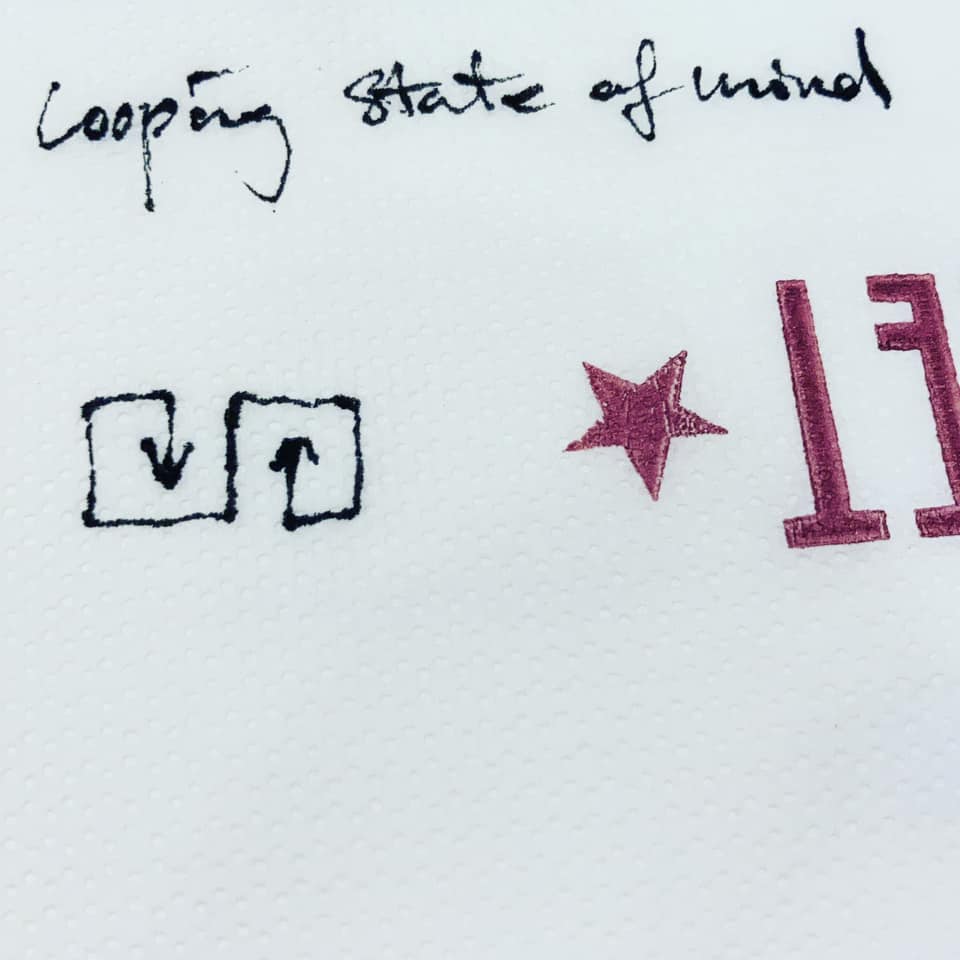Ok I’ll kick this off… This is a paper from 1981, which hasn’t been cited very much at all, but it’s one I keep coming back to and think it’s still very relevant… I think because music software development is still bogged down by the Western classical idea of music as particular sequences of notes, rather than as higher level structures and behaviours.
(There are some formatting problems, I did find a scanned PDF without these problems but the webpage is easier to read.)
I admit I don’t really know what a fugue structure is, so the introduction is a bit ungrounded for me… But the idea is to focus on pattern as the outcome of transformations. Thinking about the last reading, I’m wondering if we could also call pattern transformation ‘symmetry breaking’? I guess some transformations increase symmetry (e.g. repetition, or playing a sequence backwards and forwards), and others break symmetry (e.g. randomly adding notes) … Maybe we could call the former ‘symmetry repair’? Anyway…
Spiegel makes a nice point that we should really get to know pattern transformations very well through practice, not just by themselves, but in relation to each other. I think this can be a life’s work, because there are a very large number of these transformations, and so you get an explosion of possible ways to combine them. Spiegel suggests we find these transformations in non-computer music, implying that all music is computational in this way.
From this approach her ‘hopes’ are that these transformations are embedded in computer music software, which then grounds computer music in generations of music practice, as well as foregrounding human perception in computer music composition. She also makes clear that this approach applies to visual arts too.
Then comes a list of categories of pattern transformations, which are generally quite high level and could be broken down much further.
I really like this essay, it’s short and economical, and there’s a great insight in almost every sentence. It’s by one of the foundational computer music composers but has hardly been cited at all. Has this ‘call to arms’ been heard anyway? It’s definitely had a big influence on my work but I think in general not. Outside of minimalism, the word ‘pattern’ is in general actually a dirty word amongst ‘serious’ Western composers, which is a bit ridiculous… When musicians talk about ‘patterns’ they generally just mean some sequence. So despite being nearly 40 years old I think the message of this essay is still current.
I’d be interested to hear how this essay relates to functionality available in commercial DAWs (digital audio workstations) though as I haven’t used one in a couple of decades… and how well Spiegel’s essay applies to other time-based or even non-time-based artforms.

